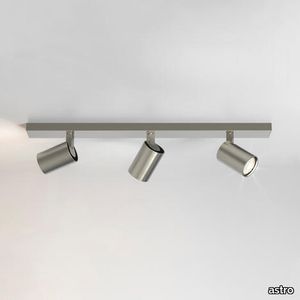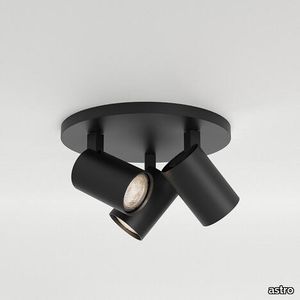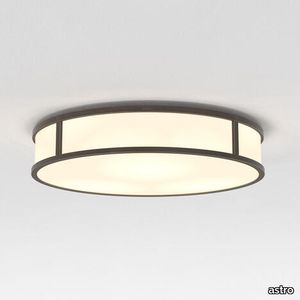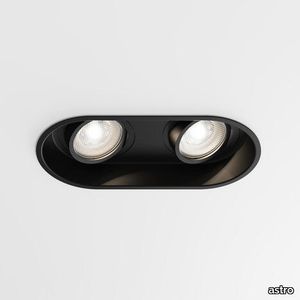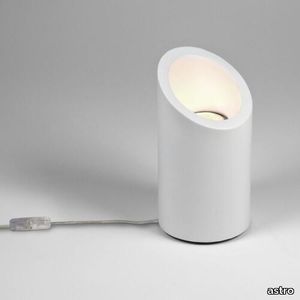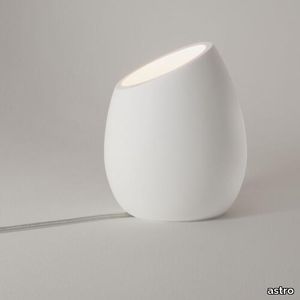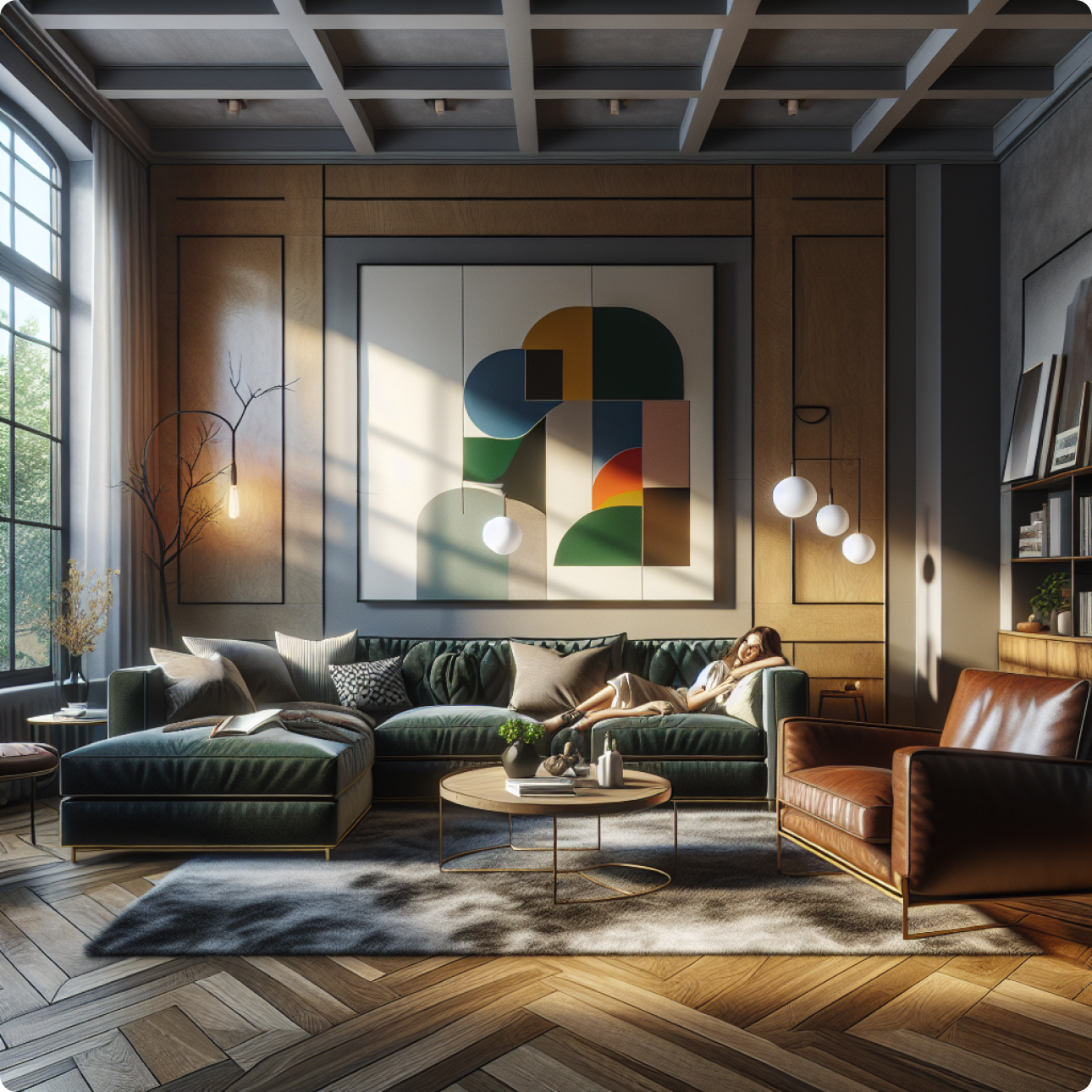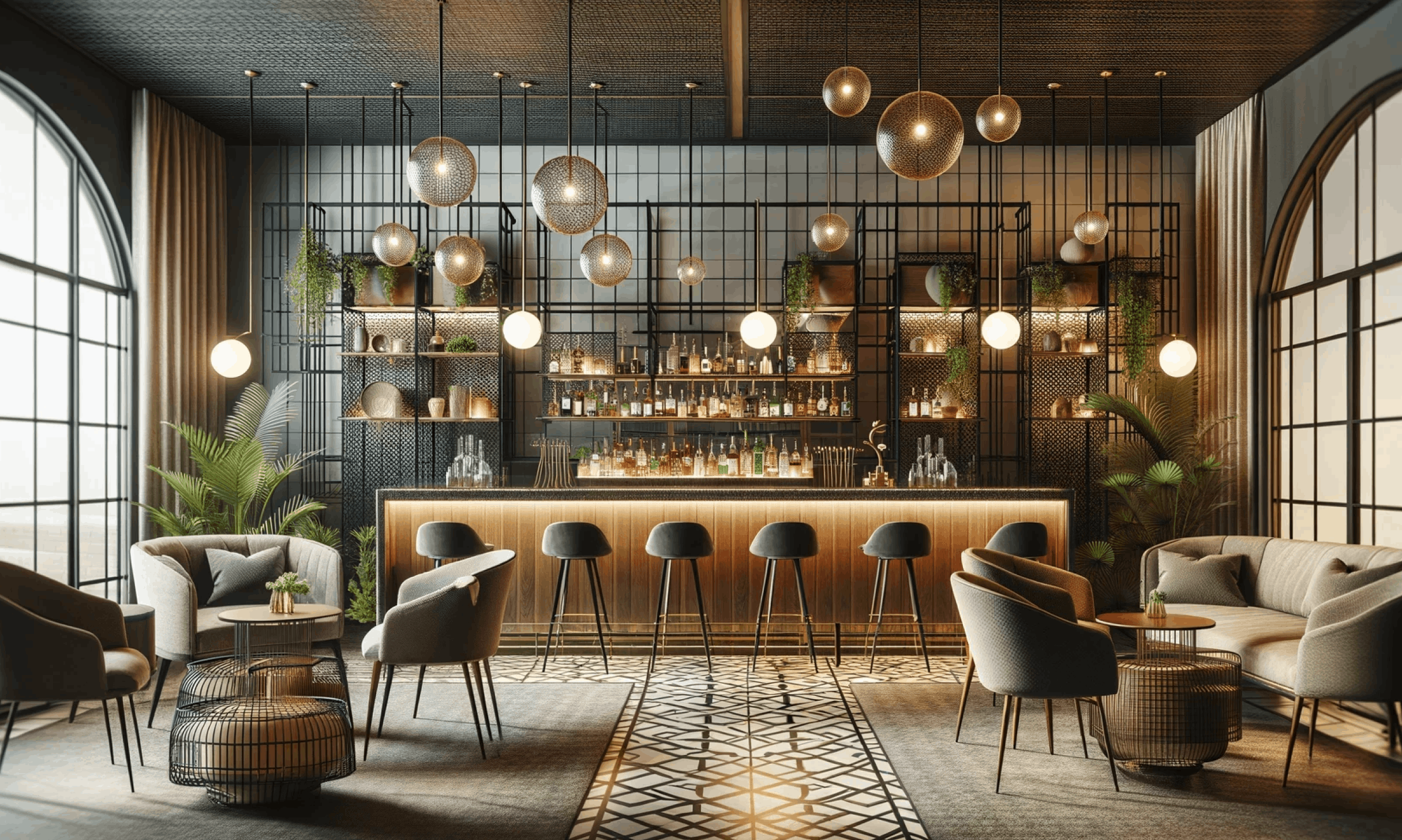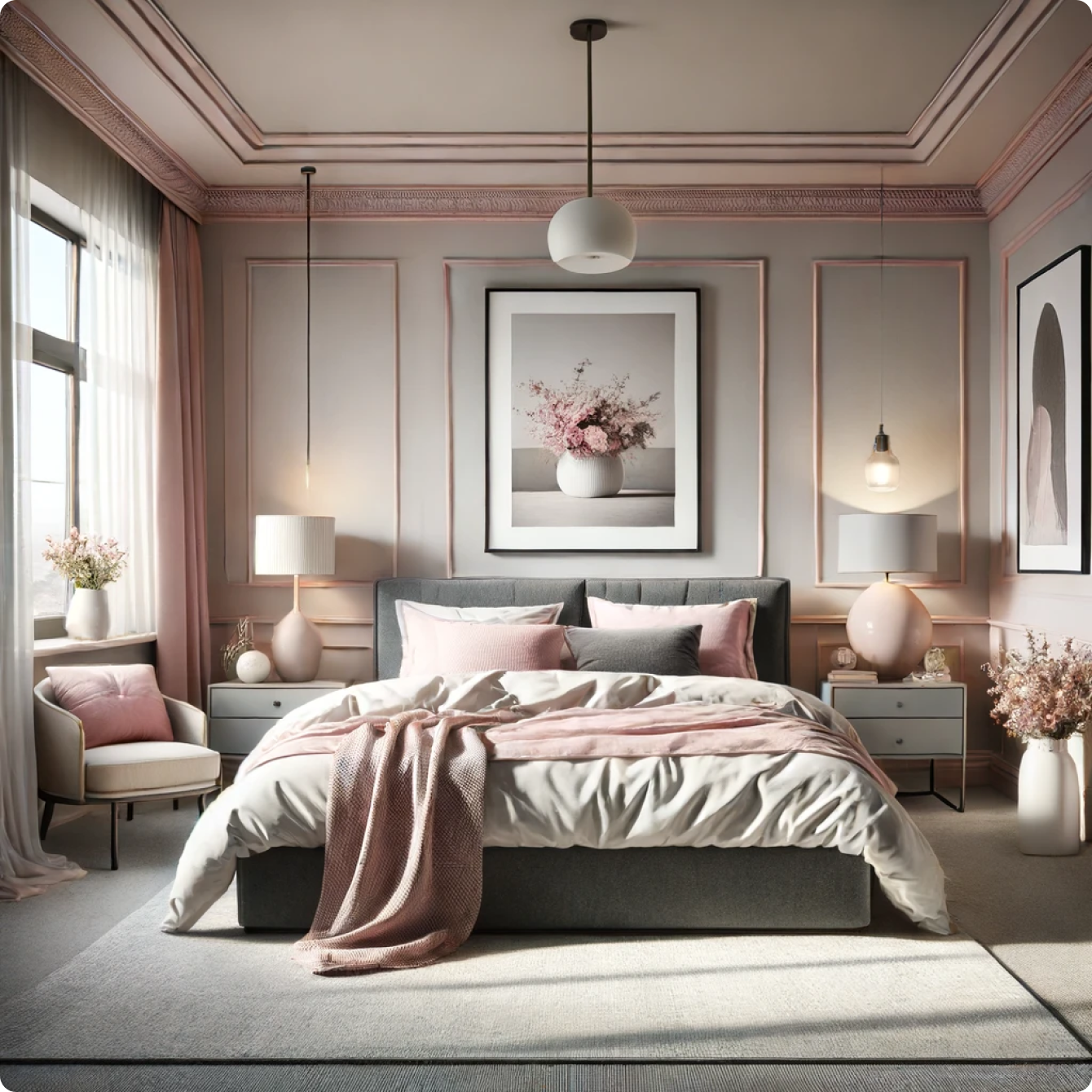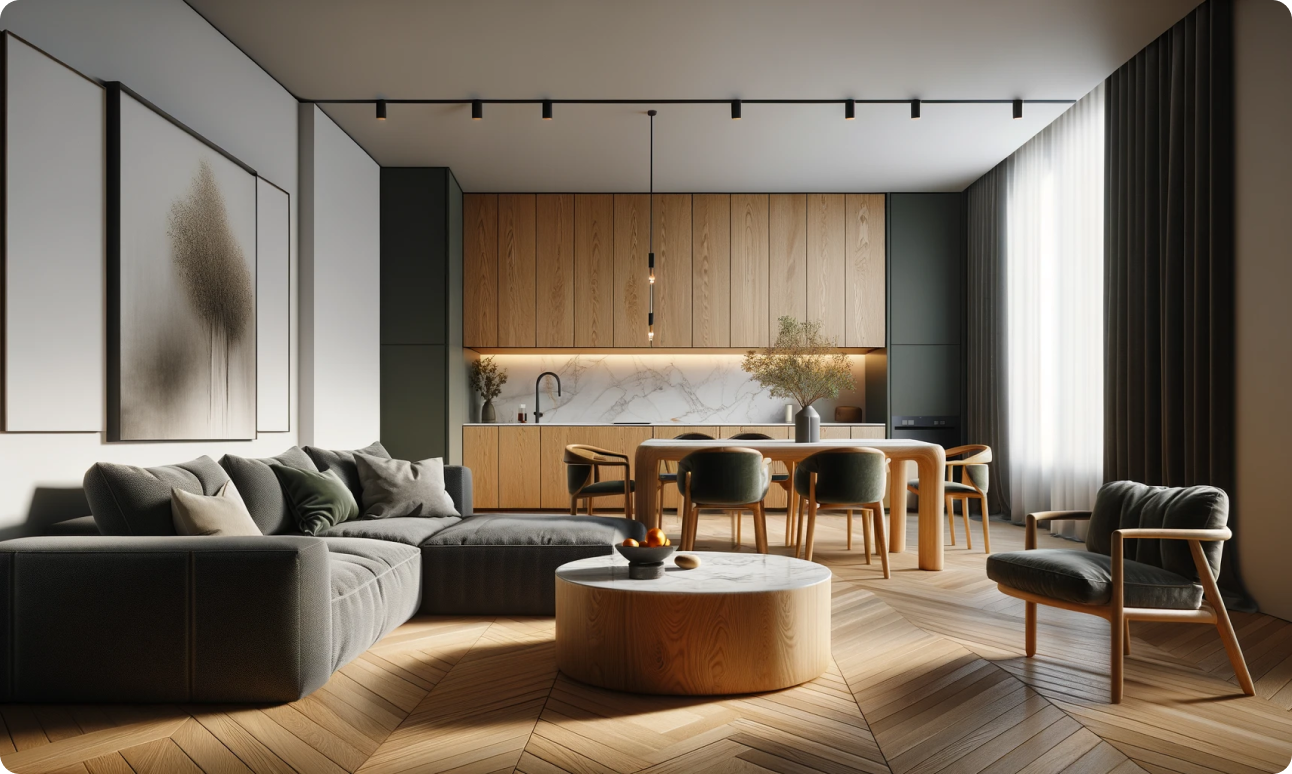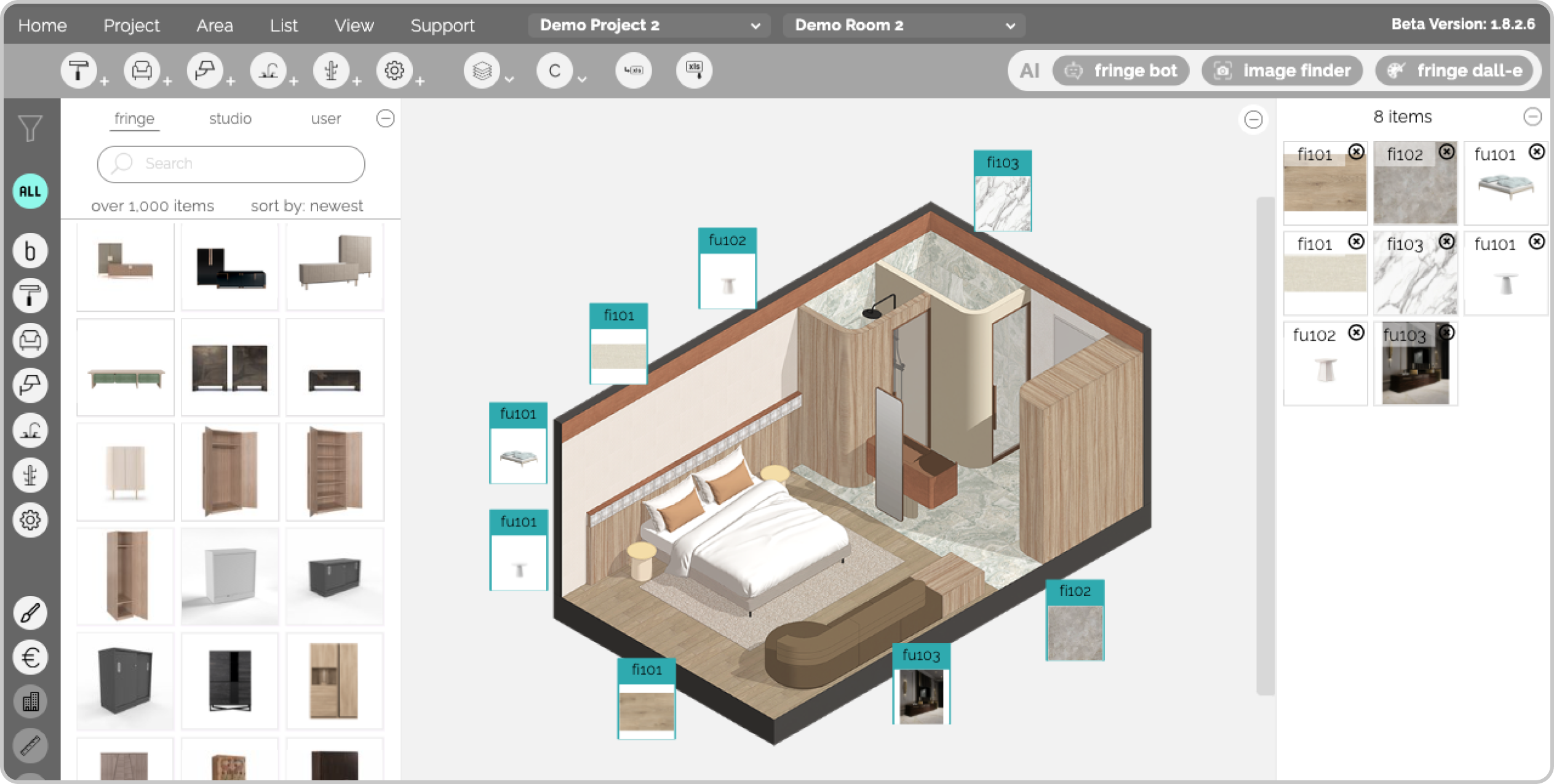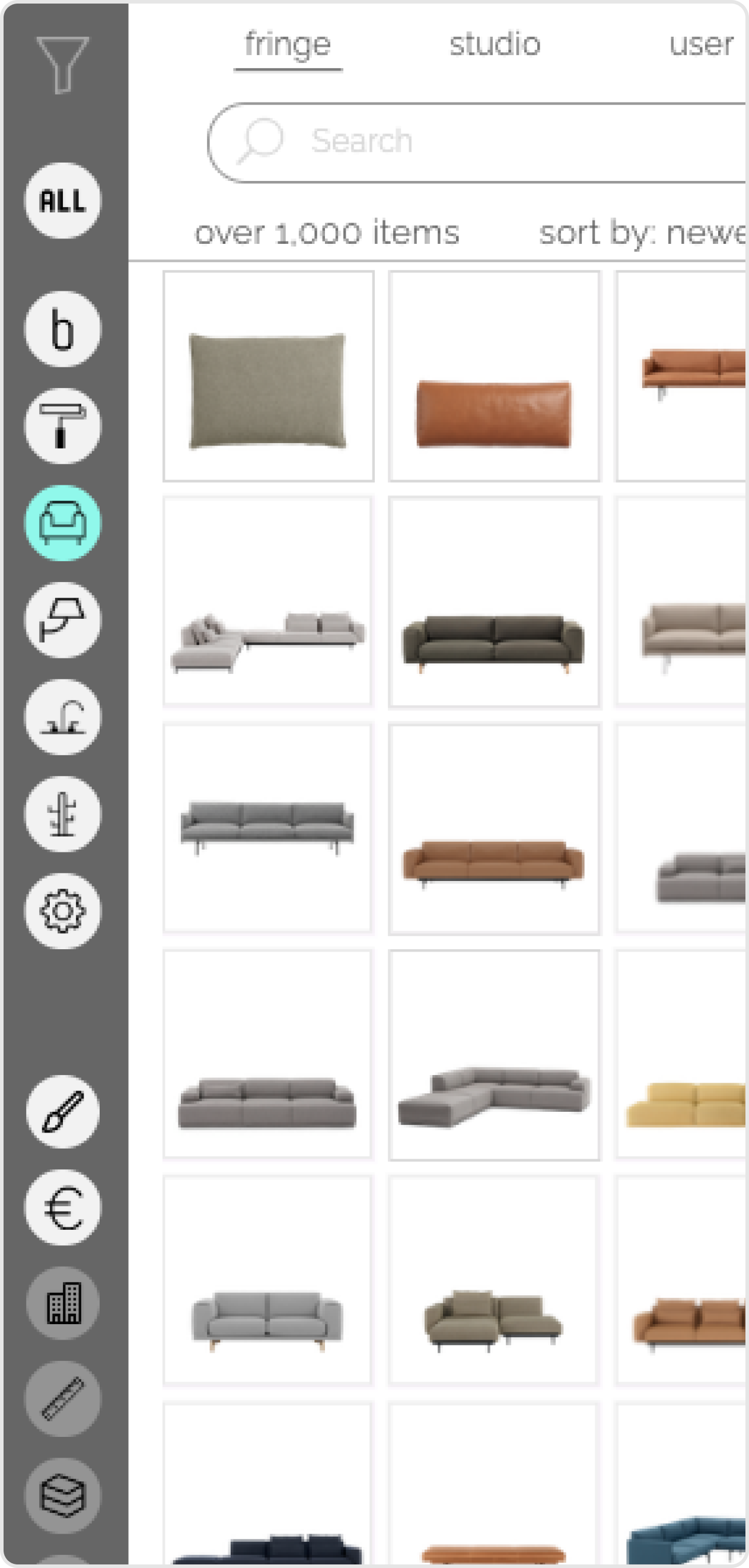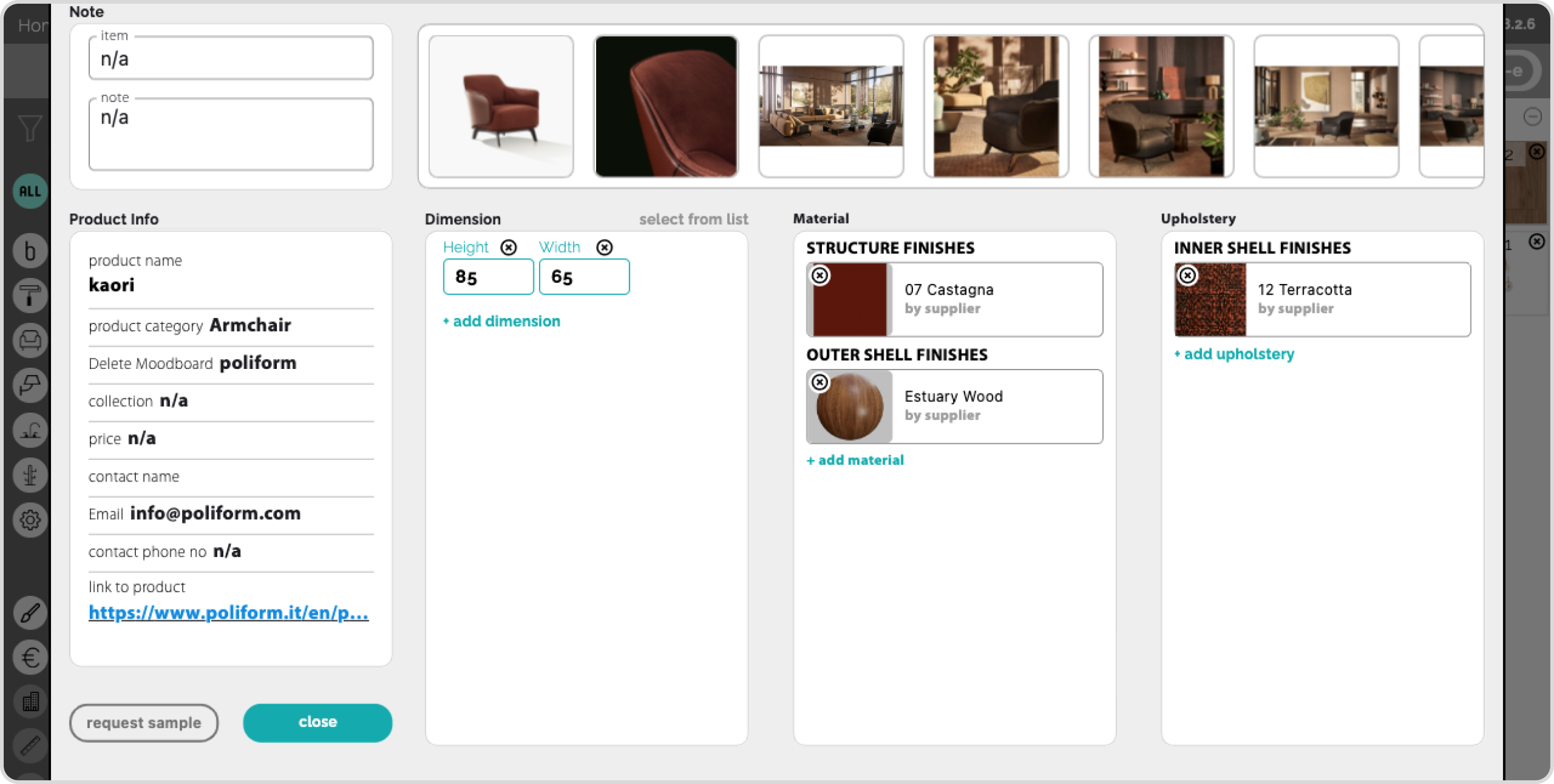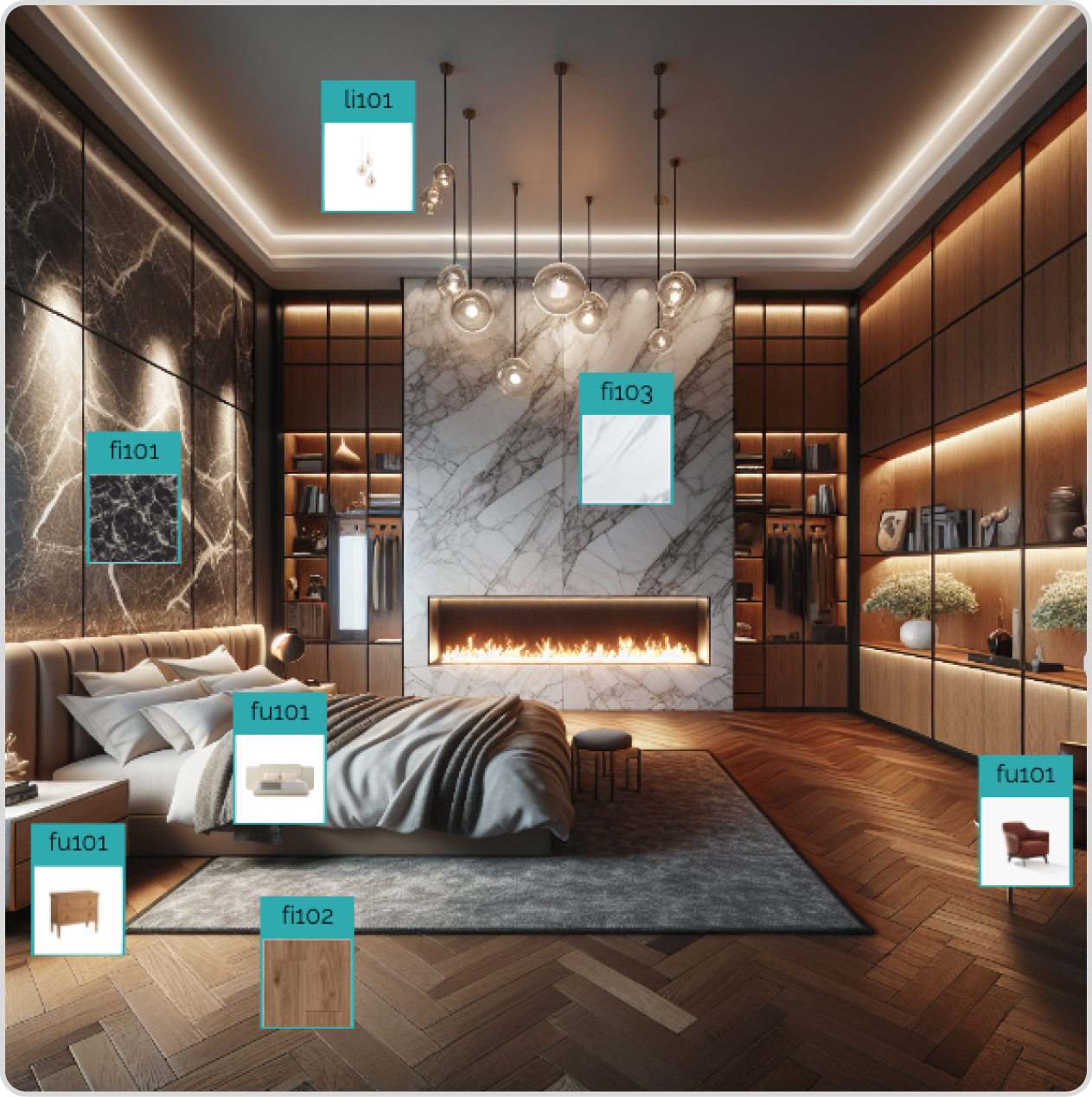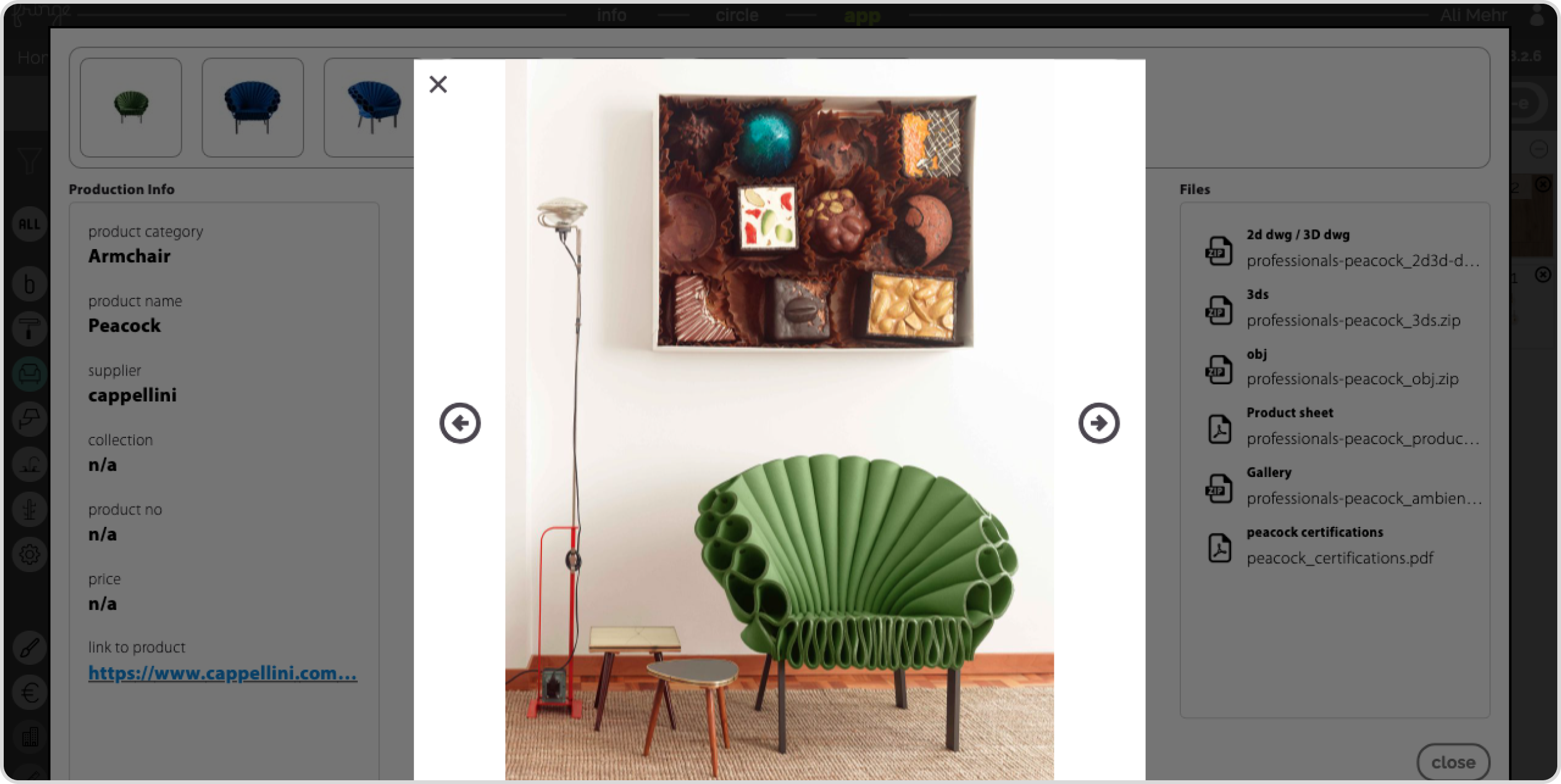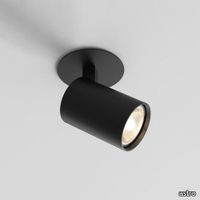
Functional light
lighting
Functional Lighting: Precision Illumination for Commercial and Residential Spaces
At Fringe Interior, we provide functional lighting solutions that prioritize efficiency, control, and optimal illumination. Functional lighting, also known as task lighting, is essential in spaces where precise lighting enhances comfort, safety, and productivity. From hotels and offices to residential interiors, functional lighting includes advanced features like adjustable light colors, dimmable systems, and intelligent control systems that adapt lighting to specific tasks and settings.
Key Elements of Functional Lighting: Light Color, Levels, Control, and Concealed Options
Light Color and Temperature
Light colour, or colour temperature, is crucial to both function and ambience. Measured in Kelvins (K), different temperatures support different activities and moods:
Warm Light (2700K - 3000K): Soft, warm lighting is ideal for creating relaxing environments, such as hotel rooms, lounges, and residential bedrooms.
Neutral Light (3500K - 4000K): Balanced and comfortable, neutral lighting works well in multi-purpose areas like restaurants, conference rooms, and waiting areas.
Cool Light (5000K - 6500K): Mimicking daylight, cool lighting enhances visibility and focus, making it suitable for task-oriented spaces like kitchens, offices, and laboratories.
Lux Levels for Different Spaces
Proper lux levels help optimize lighting based on the specific requirements of each environment. Lux (lx) is a unit of measurement for light intensity, essential in creating a comfortable and functional atmosphere:
Hotel Lobbies and Lounges: 150 - 300 lx, to create a welcoming ambiance without overwhelming brightness.
Conference Rooms and Offices: 300 - 500 lx, for balanced lighting that supports focus and productivity.
Retail Displays and Showrooms: 500 - 1000 lx, to highlight products and create engaging displays.
Kitchens and Laboratories: 500 - 750 lx, for clear visibility to support safety and accuracy in task-heavy environments.
Residential Bedrooms: 100 - 200 lx, providing a soft, comfortable lighting level that enhances relaxation.
Bathrooms and Vanity Areas: 300 - 500 lx, ensuring enough light for grooming without harsh shadows.
Setting the appropriate lux level for each space ensures that lighting is effective, comfortable, and suited to the environment's specific needs.
Dimmable Systems for Adaptive Lighting
Dimmable systems provide adjustable light intensity, allowing flexibility based on time, activity, and user preference. Dimmable lighting is beneficial in a range of spaces:
Conference Rooms: Dimmers help transition from bright, focused light for meetings to softer lighting for presentations or relaxation.
Restaurants and Hospitality: Dimmable lighting enhances the ambience, creating smooth transitions from day to evening for a comfortable guest experience.
Residential Spaces: Dimming provides tailored lighting for different activities, supporting everything from reading to entertaining.
LED lights are frequently used in dimmable systems due to their energy efficiency and smooth brightness adjustment. They offer a reliable solution for commercial and residential settings alike.
Control Systems for Advanced Lighting Management
Advanced lighting control systems enhance user convenience, energy efficiency, and customization, allowing users to adjust lighting in response to various needs. Popular control systems include:
DALI (Digital Addressable Lighting Interface): DALI is a widely used protocol for digital lighting control. It allows for precise management of brightness, colour, and scenes in commercial spaces. DALI is ideal for large-scale applications, such as hotels, office buildings, and hospitals, where centralized control and flexibility are needed.
KNX Systems: KNX is an open protocol for intelligent building automation. It integrates with lighting systems to control brightness, color temperature, and occupancy-based adjustments. KNX is widely used in offices, hotels, and luxury residences.
Smart Home Systems (e.g., Philips Hue, Lutron): For residential spaces, smart systems allow for remote control and automation through apps or voice commands. These systems are convenient in homes and hotel rooms where guests and residents can adjust lighting to fit their preferences.
Motion Sensors and Touch Sensors: Sensors are useful in high-traffic areas like hallways, stairways, and bathrooms. They automatically activate lights based on movement or touch to conserve energy and improve safety.
Lighting control systems not only increase convenience but also enhance energy efficiency, providing optimal lighting only when needed.
Cove and Concealed Lighting for Subtle Illumination
Cove and concealed lighting are discreet forms of functional lighting that enhance ambience by providing indirect, hidden light sources. These lighting methods are ideal in commercial and residential environments that prioritize design aesthetics:
Cove Lighting: Cove lighting, installed in ceiling recesses or ledges, provides soft illumination that adds depth and dimension to spaces. This is common in hotel lobbies, restaurants, and high-end residential spaces, where indirect lighting creates a sophisticated atmosphere.
Concealed Lighting: Concealed lighting integrates light sources within architectural elements, creating an uninterrupted visual flow. Often used in luxury suites, galleries, and retail displays, concealed lighting highlights design elements without visible fixtures, maintaining a clean, streamlined appearance.
Levels of Lighting for Different Functions
Functional lighting should be tailored to meet the illumination needs of each area, from task-heavy environments to relaxing spaces. Adjustable levels of lighting provide the flexibility to meet diverse requirements:
High-Intensity Lighting: For kitchens, laboratories, and offices, high-intensity lighting is crucial for safety and accuracy. Lux levels of 500 - 750 lx are recommended to ensure tasks can be performed without strain or errors.
Moderate Lighting: In hotel lounges, restaurants, and waiting areas, moderate lighting of 150 - 300 lx creates a comfortable balance that supports relaxation and social interaction.
Low Lighting: Low lighting of 100 - 200 lx is suitable for bedrooms, lounges, and dining areas, where a relaxed, intimate environment is the primary goal.
Each lighting level serves a purpose, creating a comfortable environment that aligns with the activities and ambiance required in each space.
Spot and Directional Lighting: Precision Illumination
Spot and directional lighting allow for targeted illumination, highlighting specific areas or features. These lighting types are especially useful in spaces where precise lighting is needed for tasks or displays.
Adjustable Spotlights
Adjustable spotlights provide focused illumination and can be directed as needed to specific areas. Spotlights are effective in kitchens, art galleries, and workspaces, enhancing visibility for detailed tasks or accentuating displays. Adjustable fixtures allow users to modify light direction to adapt to changing needs within the space.
Recessed Directional Lighting
Recessed directional lighting sits flush with the ceiling or wall, providing subtle yet focused illumination. Ideal for modern offices, conference rooms, and hotel rooms, recessed lighting offers functional light without disrupting the room’s aesthetics. Adjustable recessed lights are useful in spaces that require adaptable lighting zones for various functions.
Track Lighting
Track lighting is a versatile option that allows multiple lights to be positioned along a track to cover designated areas. It is common in retail stores, galleries, and open-plan offices where flexible lighting arrangements are needed across different zones. Track lights can be repositioned easily, making them adaptable to evolving layout and display needs.
Wall Wash and Grazing Lights
Wall wash and grazing lights highlight vertical surfaces, providing an even spread of light that enhances visual elements. Wall-wash lights are popular in hotel lobbies, restaurants, and luxury residences, drawing attention to artwork, textured walls, or decorative features. Grazing lights accentuate textures, like stone or brick walls, adding depth and character to spaces.
Integrating Functional Lighting with Design Tools
To simplify integration, all our lighting options come with downloadable 2D and 3D files compatible with popular design software like AutoCAD, SketchUp, and Revit. This enables designers to seamlessly incorporate functional lighting specifications into project models for accurate planning and visualization.
Affordable and Flexible Pricing
Fringe Interior offers a wide selection of functional lighting solutions to meet different project budgets. Whether you need sophisticated DALI-controlled lighting for a hotel or dimmable cove lighting for a residential project, our platform connects you with suppliers offering flexible pricing to match both your design vision and budgetary needs.
show more...
All In One Place - Fringe App
Easy to Use - From Product to Final List

Find
- Comprehensive database
- Advanced filtering options
- Detailed information
- Team sharing capabilities

Define
- View every detail
- Download pictures
- Obtain drawing files
- Request samples
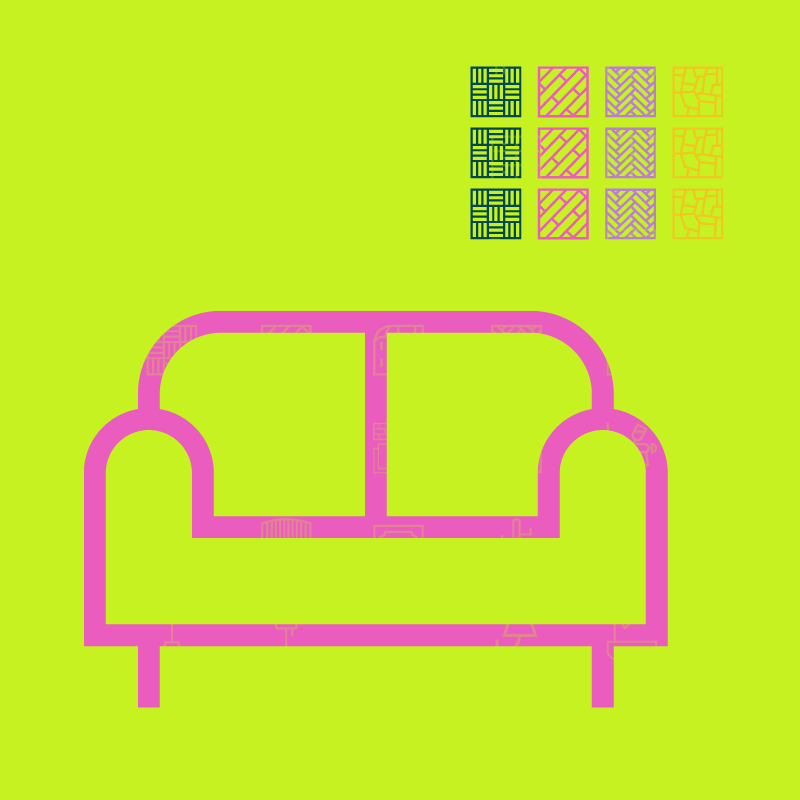
Specify
- Select specific materials
- Choose particular upholstery
- Pick from the standard library
- Incorporate custom finishes
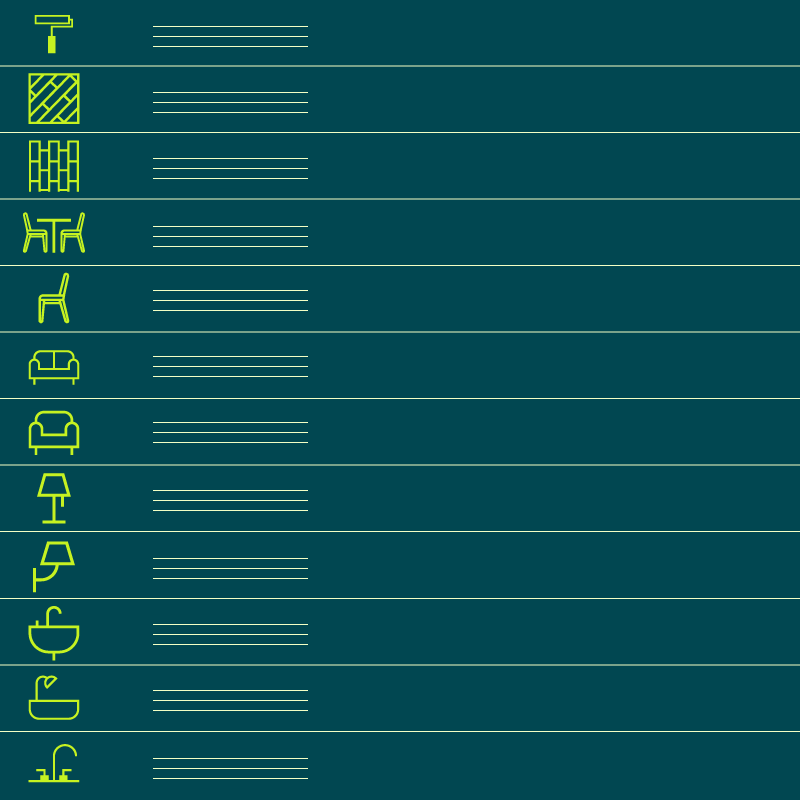
Publish
- One-click export to Excel or PDF
- Select from various formats tailored to different design stages
- Request a quotation



